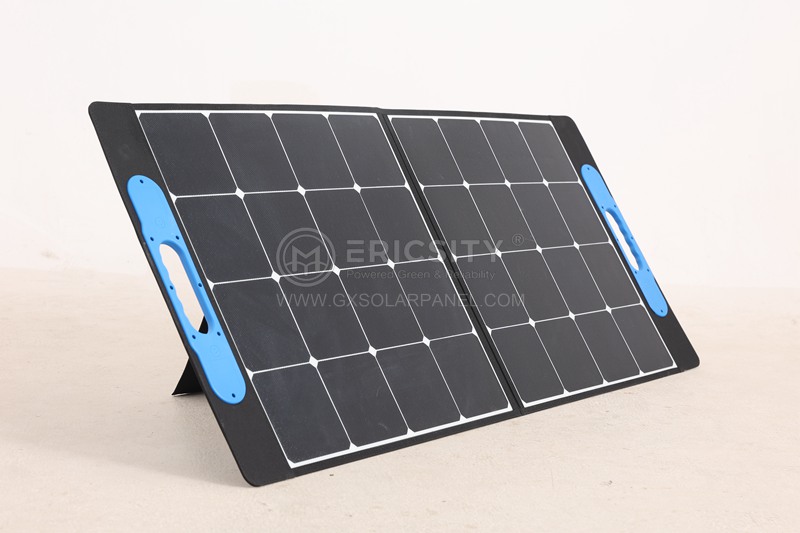HOT PRODUCT
Product Details
Prepare For Rainy Days: A Comprehensive Guide To Waterproof Solar Panels
Prepare For Rainy Days: A Comprehensive Guide To Waterproof Solar Panels
In recent years, solar energy has gained immense popularity as a clean and sustainable source of power. With the increasing demand for solar panels, it becomes essential to ensure their durability and effectiveness in all weather conditions, including rainy days. This is where waterproof solar panels come into play. In this guide, we will explore the importance of waterproofing solar panels and provide a comprehensive understanding of how they function.
Rain is a natural phenomenon that can significantly affect the performance of solar panels if they are not adequately protected. When rainwater comes into contact with unprotected solar panels, it can cause corrosion, electrical shorts, and decrease the overall efficiency of the panels. Waterproofing solar panels is crucial to ensure their long-term functionality and protect your investment.
There are two primary approaches to waterproofing solar panels: coating and encapsulation. Coating involves applying a protective layer on the surface of the solar panel to prevent water penetration. Common materials used for coating include silicones, resins, and varnishes. Encapsulation, on the other hand, involves completely sealing the solar cells within a transparent, waterproof material such as ethylene-vinyl acetate (EVA). This encapsulation process provides optimal protection against moisture and increases the overall lifespan of the panels.
It is important to note that not all solar panels are created equal when it comes to waterproofing. When purchasing solar panels, it is essential to look for ones that are specifically designed to be waterproof. These panels undergo rigorous testing to ensure their ability to withstand heavy rain and adverse weather conditions. Look for certifications such as the International Electrotechnical Commission (IEC) 61730 standard or Underwriters Laboratories (UL) 1703 certification to ensure the panels’ quality and performance.
Regular maintenance is crucial to keep your waterproof solar panels in optimal condition. It is recommended to inspect and clean the panels regularly, especially after heavy rainfall or storms. Clean the surface of the panels using a soft brush or a damp cloth to remove any dirt, leaves, or debris that may interfere with the panel’s performance. Additionally, check for any signs of damage, cracks, or loose connections. If any issues are detected, contact a professional technician for repairs.



Furthermore, it is beneficial to invest in a high-quality mounting system for your solar panels. A strong and secure mounting system will ensure that your panels remain stable during strong winds and heavy rain, preventing any potential damage. Properly installed frames and mounts play a crucial role in protecting your panels and prolonging their lifespan.
In conclusion, waterproof solar panels are essential for maintaining the efficiency and durability of your solar energy system, especially during rainy days. The coating or encapsulation of solar panels provides a protective layer that prevents water penetration, corrosion, and electrical shorts. When purchasing solar panels, ensure they are designed specifically to be waterproof and meet industry standards. Regular maintenance and cleaning are crucial, and investing in a reliable mounting system will further protect your panels.
By preparing your solar panels for rainy days, you can maximize their efficiency and longevity, ultimately deriving the maximum benefits from your eco-friendly energy source.




